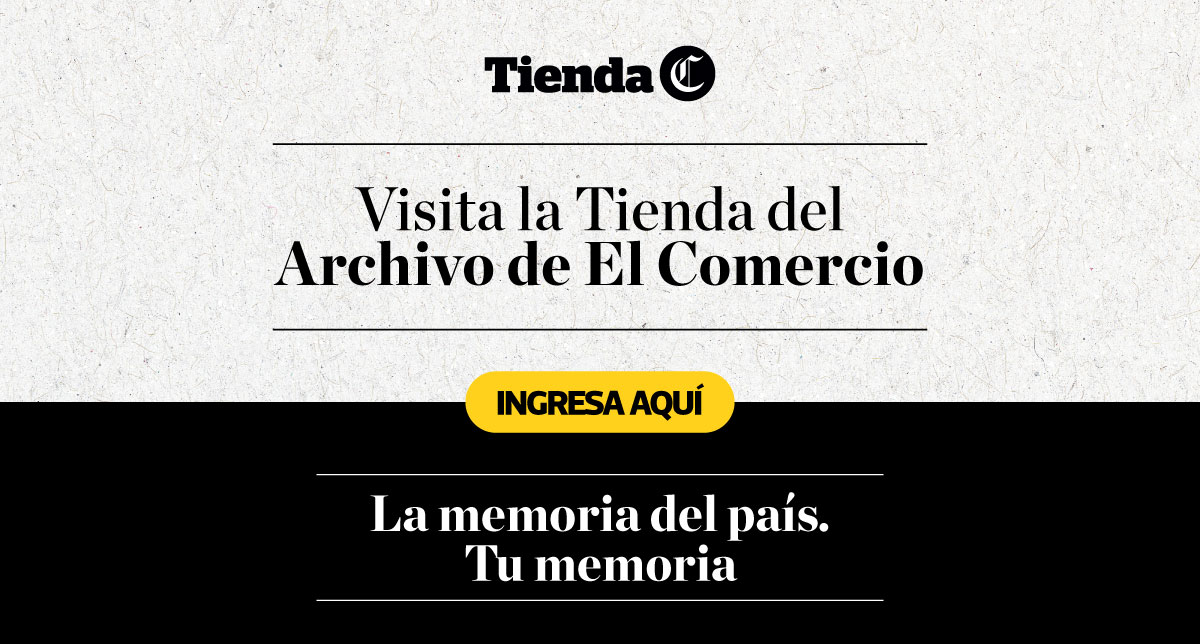Darío Teófilo Medina Ugarte worked at the dean newspaper between 1965 and 1993. He was part of a generation of self-taught photographers, champions in the trade of walking the street until they found the scoop. Yesterday the intrepid photographer, a native of Oyón, passed away at the age of 85.
Darío Médico was one of the photojournalists with the most photographs published on the front page. The editors wrote their notes based on their photos because Darío always found that novel angle that only an expert eye could achieve. If necessary, he would return to the scene to improve the news coverage. He knew when his photograph was worthy of the front page.
Darío Médico documented terrorist violence and was saved from dying on several occasions:
“We were in mortal danger, they always threatened us. With the great Javier Ascue we were saved from several. Once there was a confrontation near the Huamanga stadium and we were in the middle, between terrorists and police, I had to throw myself into a ditch. Javier gave me courage; once again we were saved from a shooting in Vilcashuamán “Darío recalled in a note on the 10 years since the presentation of the Truth Commission report.
In another passage of the article he related: “What struck me the most was the murder of the journalist Bárbara D’Achille. We left with Ascue to investigate the scene of the events, in Huancavelica, and when we were close by, camouflaged because we spoke Quechua, we saw four armed men who said: ‘There are two from El Comercio who are coming’ and they lowered their finger. Fortunately we were able to flee. If we risked our lives, it was for the love of our profession “.
To make this note, we reviewed more than a hundred digitized photographs from the 60s to the 90s when Darío Médico walked with his Nikon camera on his shoulder. We also talked with his colleagues who highlighted his courage and courage.
:quality(75)/cloudfront-us-east-1.images.arcpublishing.com/elcomercio/52M5WUF22VFAVBFRDAIUY4JZEY.jpg)
“Darío Medico was a pure job photojournalist. In each commission that I went out with him, he told me: ‘we must return to the newspaper you with what you write down and I with the photos that I take, no matter how …’. His mountain descent led him to always take attitudes that bordered on fearlessness. He did not hold back from anyone “, writes the journalist Mario Fernández.
Darío Médico mentored the next wave of press photographers, including Rolly Reyna and Lino Chipana.
“As a photographer I was cut out for the street. Tireless. It produced the largest number of initiatives “Rolly told us; while Lino added: “He had a good eye for looking for new things”.
:quality(75)/cloudfront-us-east-1.images.arcpublishing.com/elcomercio/H3JQUQT7SREJJH2XKABHWFPAGM.jpg)
Darío knew in detail how the rolls of film had to be developed so that the photographs faithfully reproduce the tones and details that his photographic eye detected. In addition, it “was tricky” selecting the right lens for each occasion, explained Rolly Reyna.
“When I was covering the False Paquisha conflict, Darío was taking photos of some tanks when they fell into a hole. Within seconds one of the tanks passed overhead. He came out unscathed “Lino Chipana recalls one of the many anecdotes that occurred during news coverage.
But it would be on April 22, 1988 when Darío Médico became front-page news. The editor José Indacochea, the driver Víctor Escobal and he were returning after covering information about the attack at the Central de Cooperativas de Cañete when they suffered a spectacular overturn. Overcoming the pain and showing professionalism, Darío managed to take a photo of the accident that was published on the cover the next day. A perennial hip pain would be the reminder of this feat.
:quality(75)/cloudfront-us-east-1.images.arcpublishing.com/elcomercio/DZGNMNGLIFGOVLATP7W7CSWRIY.jpg)
Rolly Reyna, who for those years was a laboratory worker for the newspaper, commented that Darío did not want to let go of his camera even at the hospital. He was afraid that they would watch over his roll. They had to convince him to hand over the camera.
“Serious face, but with a big heart”This is how the journalist from Piura Lucy Torres remembers it, who edited the school page of the dean newspaper:
“When I was an intern at El Comercio, I had the blessing of being on many commissions with Mr. Darío Medico, a great photographer and a very good person. He knew how to guide me and help me mobilize in Greater Lima. I keep many anecdotes from those times when there were no cell phones or autofocus or anything digital. The photos were developed in a dark room and we had to carry the rolls for each commission”.
:quality(75)/cloudfront-us-east-1.images.arcpublishing.com/elcomercio/GX5HEGQ2C5HYHMFU5XA3G72RYQ.JPG)
For the new generations, who discover the visual richness of an archive searching among paper photographs and black and white negatives, digitize not only the work of Darío Médico, but also of other great photographers such as: Luis Laos, José Martínez, Eduardo Ramírez, José Michilot, to mention a few names, gives us the opportunity to reconstruct each commission, to observe how was the process they went through to get that shocking or moving photo.
In this note we only share a small sample of the great work that Darío Médico did. We still have a lot of material to discover and preserve to keep the legacy of our photographers alive.
It may interest you:

.

:quality(75)/cloudfront-us-east-1.images.arcpublishing.com/elcomercio/LE6HG4KNC5FDPMA7IWGPX6TDKQ.JPG)

:quality(75)/cloudfront-us-east-1.images.arcpublishing.com/elcomercio/HM7Z3R5SAFBRLDVNLEUTAAKAYY.jpg)

:quality(75)/cloudfront-us-east-1.images.arcpublishing.com/elcomercio/APRA4FMOPBAG7HQEHXTM7ZI2HA.jpg)

